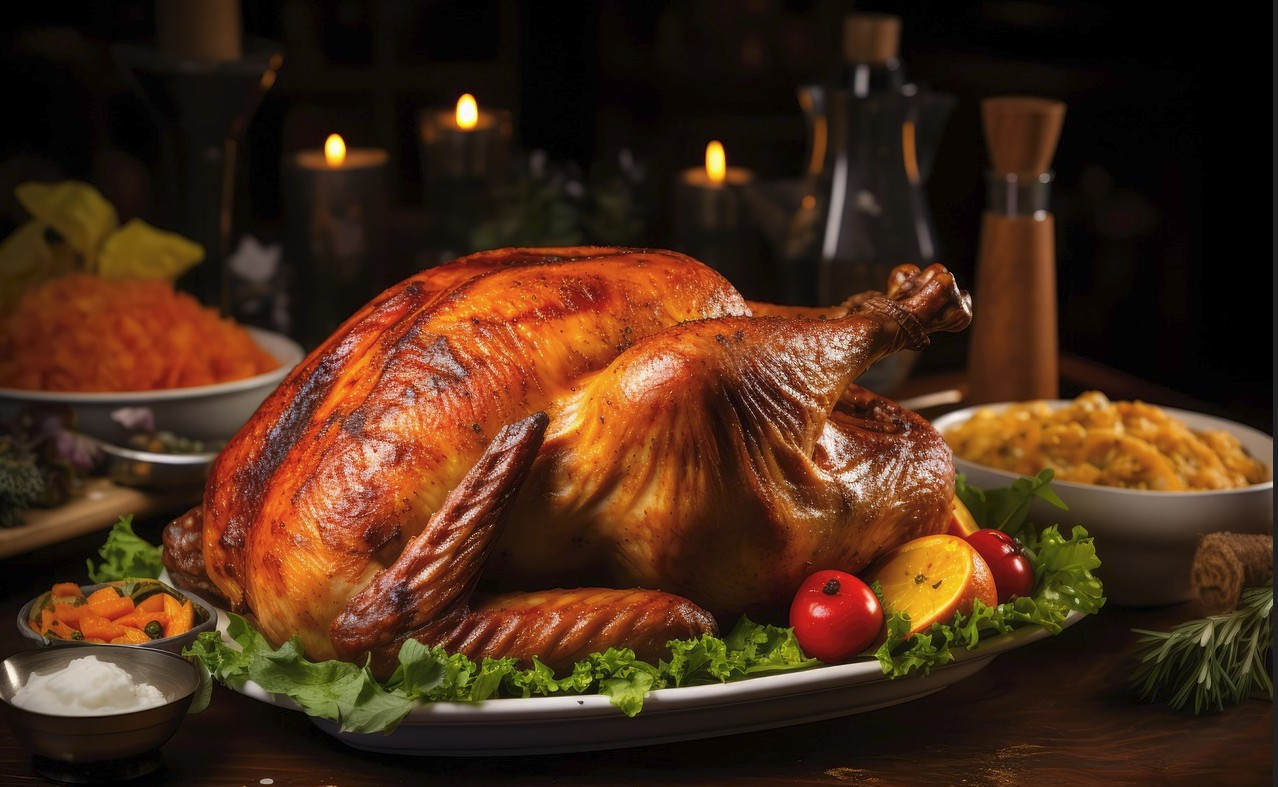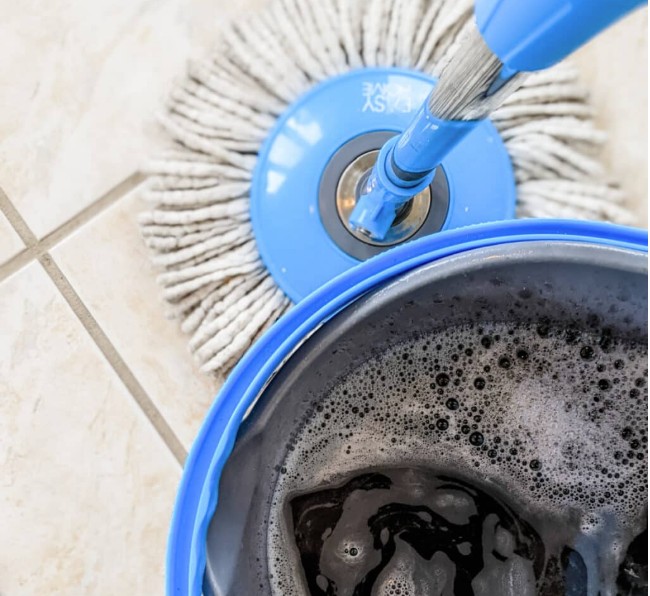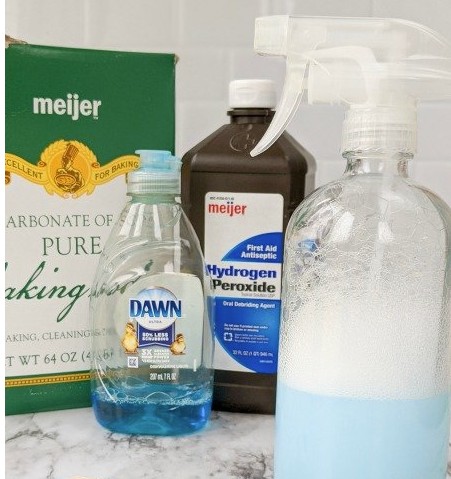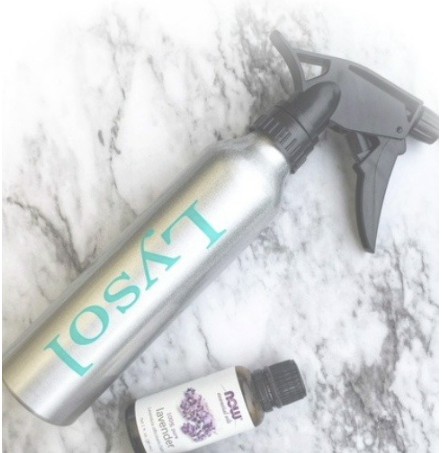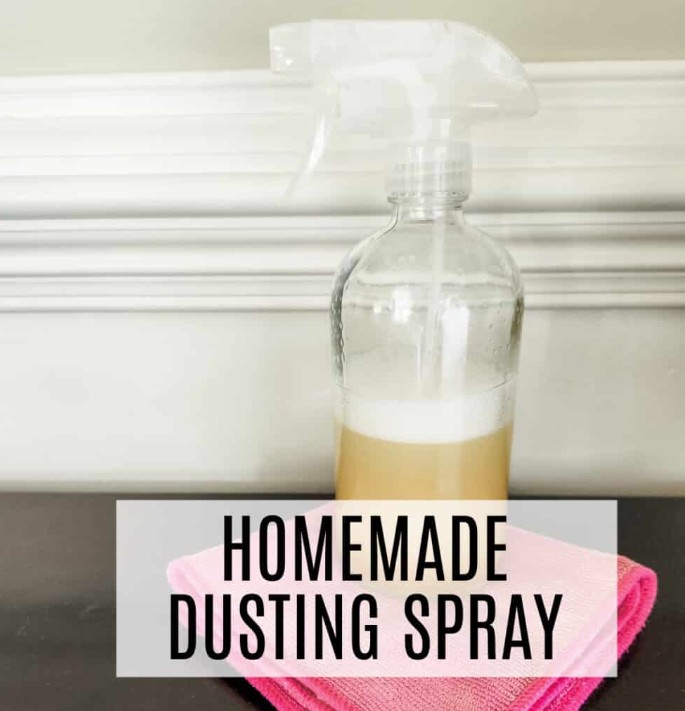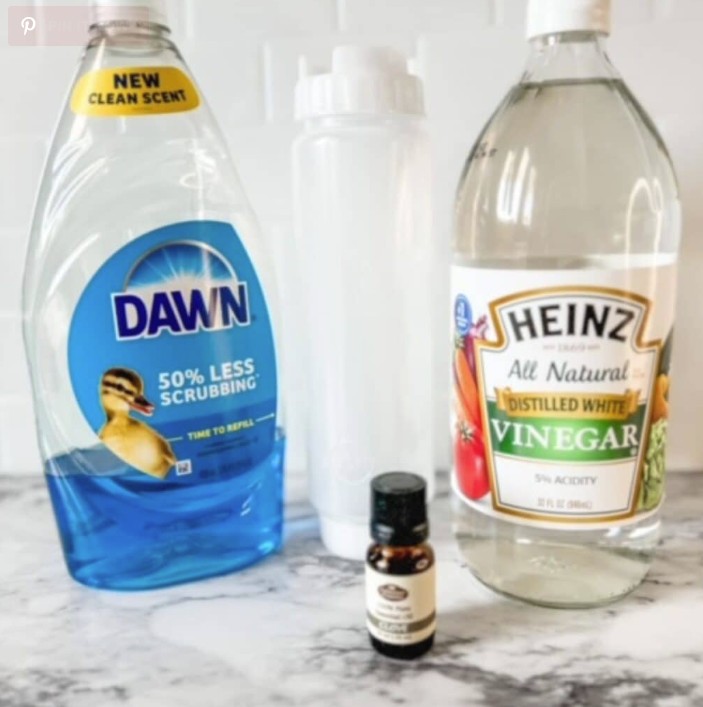Keeping floors spotless doesn’t require a shopping cart full of harsh chemicals. If you want clean vinyl, laminate, or tile floors (without the stinging smell or sticky residue), easy homemade floor cleaners check all the boxes. It’s safer for pets and kids, saves money, and helps shrink plastic waste. Plus, you control what goes into the mix—no mystery ingredients.
Let’s look at the best ways to mix up floor cleaners at home and make your cleaning routine safer, cheaper, and greener.
Why Make Your Own Floor Cleaner?
Store-bought cleaning products can make your whole house smell like a hospital. Many contain ingredients like ammonia, synthetic fragrances, and dyes. Those can irritate your skin, eyes, and lungs, especially if you or someone in your home has allergies or asthma.
Budget-wise, those name-brand bottles add up, especially if you mop every week. DIY cleaners cost pennies per bucket and use items you likely already have.
Making your own also means fewer single-use bottles in the recycling bin. Every bottle skipped is one less chunk of plastic in the world. You’ll also skip the synthetic chemicals that end up in water systems.
Common problems with store-bought floor cleaners:
- Leave behind sticky or slippery residues
- Contain harsh chemicals not safe for pets or children
- Fragrances trigger headaches for sensitive people
- Cost more over the long run
- Extra packaging creates plastic waste
Homemade versions solve all these issues with a few simple swaps.
Best Homemade Floor Cleaner Recipes for Vinyl, Laminate, and Tile
Cleaning doesn’t have to become a chemistry lesson. These recipes use ingredients that work without harming your floors. You don’t need a degree in science to mix a bottle of cleaner—just a bucket, a few pantry staples, and maybe a nice scent if you’re feeling fancy.
Essential Ingredients and Supplies
What you’ll need:
- Dish detergent: Cuts grease without damaging floor finish.
- Super washing soda: Lifts grime and neutralizes odors (it’s more alkaline than baking soda, giving it more cleaning punch).
- White distilled vinegar: Dissolves water spots and soap scum, but never use on natural stone.
- Hot water: The best solvent—melts away grease and grime.
- Essential oils (optional): Lemon, tea tree, or lavender mask vinegar smell and add antimicrobial properties.
- Bucket and mop: Go for a microfiber mop—they’re gentle but effective.
Each item in this set is cheap, easy to find, and gentle enough for most floors. Just avoid astringent oils (like eucalyptus and pine) on newer or glossy surfaces.
Recipe: All-Purpose Floor Cleaner
This is the recipe I reach for when I want to mop everything in one go. It cleans, freshens, and dries without leaving streaks.
All-Purpose Floor Cleaner Recipe:
- 2 gallons hot water
- 1 tablespoon dish detergent (clear, unscented is best)
- 2 tablespoons super washing soda
- 1/3 cup white vinegar
- 10 drops essential oil (lemon or lavender, optional)
Steps:
- Fill your mop bucket with the hot water.
- Mix in the dish detergent and washing soda until dissolved.
- Stir in the vinegar and essential oils.
- Mop as you normally would, changing the water if it gets cloudy.
The scent of lemon oil alone is enough to make the task feel less like a chore.
Original DIY Floor Cleaner: Make a Full Batch
When you want to tackle the kitchen, hallway, and bathroom in one session, start with a bigger batch. Hot water loosens the gunk that collects in high-traffic zones, especially after cooking.
Homemade Floor Cleaner Batch:
- Start with 2 gallons of hot water in a mop bucket (the hotter, the better, for sticky kitchen floors).
- Add 1 tablespoon dish detergent.
- Measure 2 tablespoons super washing soda—again, not baking soda.
- Pour in 1/3 cup white vinegar.
- (Optional) Add 10 drops of lemon essential oil for a sunny scent.
This blend works well for all-purpose cleaning and costs less than a dollar per use. You’ll find super washing soda near laundry supplies (I usually get mine at Menards, but it’s on Amazon too).
Tailored Recipes for Each Flooring Type
Not all floors are created equal. Vinyl, laminate, and tile need slightly different care. Here’s how to tweak the base cleaner for the best results.
Vinyl Floors:
- Avoid too much water—just damp mop.
- Don’t overdo the vinegar (can dull the shine). Use only a splash.
- Add an extra tablespoon of washing soda for stubborn scuffs.
Laminate Floors:
- Laminate hates water. Use a wrung-out mop or microfiber pad.
- Skip vinegar if your laminate has a worn finish—just detergent and hot water.
- For glossy laminates, leave out essential oils to avoid smears.
Tile Floors:
- Handle grout with care. Let vinegar sit for a minute on any grimy spots, then scrub gently.
- For glazed ceramic or porcelain, the all-purpose mix works great.
- Stone tile? Never use vinegar. Try a mix of hot water, a bit of detergent, and baking soda (not washing soda).
Making a few swaps keeps your floors safe and shiny, whether they’re old, new, sticky, or stained.
Mixing and Storage Tips
Homemade floor cleaners don’t contain preservatives, so mix only what you’ll use within a day or two. Store extras in a sealed glass jar. Shake before each use—ingredients can settle.
Quick tips:
- Use glass or heavy-duty plastic bottles for storage.
- Label containers to keep curious kids (and partners) safe.
- Don’t keep vinegar-based blends in metal containers—a basic jar or repurposed juice jug works better.
If the solution gets cloudy or smells off, dump and start fresh. Always err on the side of caution.
How to Mop and Care for Vinyl, Laminate, and Tile Floors
All the best cleaner in the world can’t fix a sloppy mopping job. A little care and technique makes a big difference. Floors will last longer and look brighter.
Key tips:
- Sweep or vacuum before mopping—grit can scratch.
- Use a just-damp mop, not soaking wet, especially for laminate and vinyl.
- Mop with the grain for laminate to avoid streaks.
- Rinse mop heads often and change water when dirty.
- Air-dry floors or towel off puddles.
Ignoring these steps can shorten the life of your floor—overwetting can warp laminate, and using too much cleaner leaves behind a haze.
Step-by-Step Mopping Guide
- Prep the floor: Sweep or vacuum up dust and crumbs.
- Mix your cleaner: Follow your chosen recipe in a bucket.
- Dampen the mop: Dip, then wring out until just damp (no drips).
- Mop in sections: Start at the far side of the room and work backward to the door.
- Rinse as needed: If the water gets dirty or sudsy, replace with a fresh batch.
- Dry the floor: Open windows or use a fan for quick drying, especially on laminate.
Common mistakes? Overusing water, mopping too rarely, or forgetting to rinse the mop (spreading grime from one room to the next). Slow and steady wins here.







